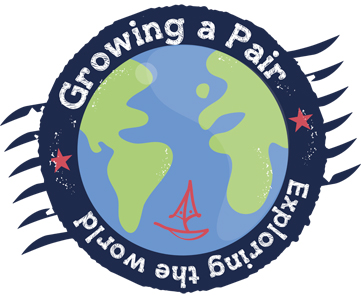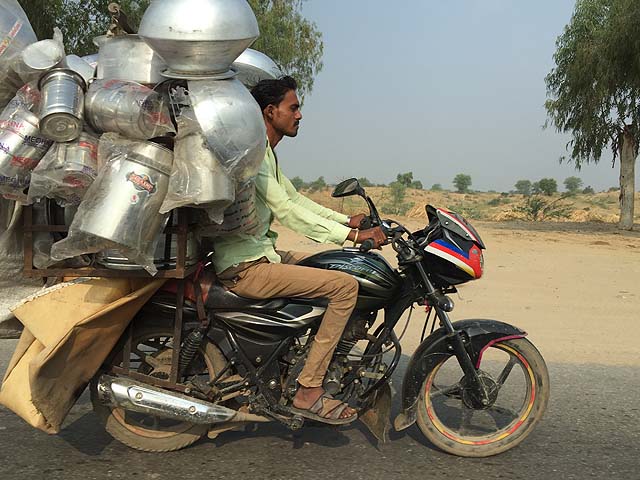
How to Drive Safely in India – a guide to Indian Driving
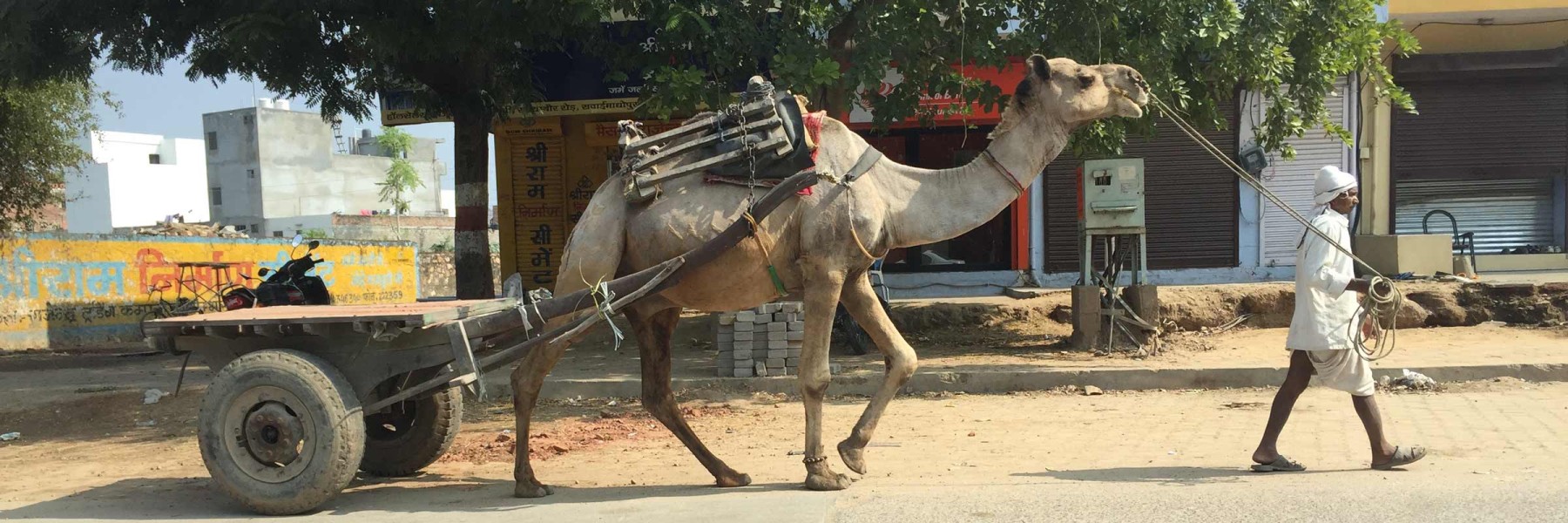
A word about Indian driving. Drivers in India are insane. Properly insane. I’m surprised there are any of them left. Every day in India, 400 people die on the roads. That’s about 3.6 deaths every minute. And to be honest, I’m not bloody surprised.
The joy of the Indian roads, traffic regulations and driving skills is one aspect of Indian culture that we would have missed had we not allowed ourselves to be scammed into booking a tour in a car. I am pleased that we haven’t missed this. Even though we have survived nearly 3000 km in a car around Rajashan, I suspect my life has been shortened by several months due to sitting in the front passenger seat for some of it.
We have seen exactly two sets of traffic police doing any actual work. We’ve seen many more traffic policemen, but they’ve all been either reading the paper, or standing around chatting in groups, or just generally admiring the chaos from a distance. The two sets that were working were engaged in the lucrative business of fining speeding drivers or catching people who hadn’t paid their road tax.
We had a chat to Joni, the driver, about this. Apparently this is because speeding and car tax evasion are very, very dangerous acts. When questioned on everything else we’d seen happen on the roads, he smiled broadly, and declared that they were all safe. We then spent a happy twenty minutes spotting traffic issues, and made sure that they were all safe too.
Indian Safe Driving Rules. Read and learn, people.
So, here it is, the official list of Indian Safe Driving Practices, according to Joni, a not-insane-at-all Indian driver:
- You should mostly drive on the left in India. Unless the right is better, has fewer potholes, you are overtaking something or many things at once, or you just feel like driving on the right.
- Driving the wrong way up a dual carriageway is perfectly fine. It doesn’t matter if you’re on a bike, driving a tractor/lorry/car, or riding a camel. And it also doesn’t matter where you position yourself whilst travelling the wrong way. It’s all good. No point driving up to the next break in the central reservation if you can just drive down the road the wrong way. Or if the restaurant you want to stop at is half a kilometre up this road but on the other side, just pop over to the other carriageway and drive into the oncoming traffic. Simples.
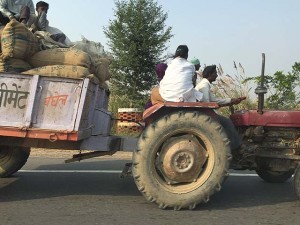
- Taking your herd of goats, cows, buffalo or camels for a walk on a dual carriageway is fine. You can go with or against the flow of traffic or straight across the road, it’s all safe
- It’s perfectly normal to randomly stop in the middle of a dual carriageway with no warning or indication to any other road users around you. For example, fancy showing your passengers a pretty roadside temple? No problem. Just slam on the brakes in the middle of the road causing the cars behind to swerve around you. It is particularly amusing for your passengers when you do this to show them a very unsafe motorbike with five people on it.
- It is best to overtake on a blind corner, or on a brow of a hill, or when you can clearly see a large oncoming lorry. In fact, overtaking and undertaking is safe wherever you do it as long as you give the intended victim a blast on your horn. The lorry will probably move over, and if he doesn’t you can just veer off the road onto the gravel. This isn’t at all terrifying for your passengers.
- Motorbikes can carry up to five people, and these people can be carrying other stuff such as bags, gas cylinders, 6 foot lengths of rebar, bundles of wood, a pig, bamboo ladders or a breast-feeding baby.
- Motorbike helmets are for wimps. Carrying one on your handlebars is cool. If you do wear one, it’s foolish to do up the strap.
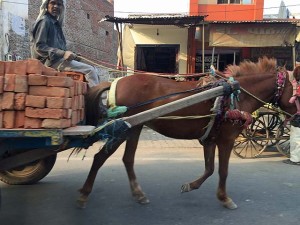
- It is best to fold the mirrors on your motorbike inwards so that your four year old has something convenient to hold on to whilst he is riding on the fuel tank.
- Driving at 80 km/h, opening the door and leaning out so that you can get a particularly bothersome bit of phlegm up is perfectly acceptable. Your passengers may find this slightly repulsive though.
- Sitting down on a dual carriageway and having your lunch is a good idea (with or without a herd of goats, both ways are perfectly safe)
- Stopping to take a piss on a dual carriageway is also good. After all, every tree is a lava-tree.
- A bike should be used like a lorry and is for carrying doors, double mattresses, gas cylinders or huge piles of wood. Indeed, carrying anything on your bike is safe. We passed a man on a bike carrying a 6m length of bamboo WIDTHWAYS so that he became the largest mobile chicane in the town. Impressive. Dragging a 10 foot ladder behind your bike is also acceptable.
- Aimlessly drifting across lanes without warning is perfectly safe. Being on your phone seems to add an extra level of safety to this abstract concept of lane discipline.
- It’s OK to drop stuff off the back of your vehicle that you haven’t tied on properly, even if it’s a propane tank or a goat.
- Indicators should be used to show where you want people to pass you, rather than showing which way you’re going e.g. if you’re thinking of turning right, then you can indicate left to show people coming up behind you which way to go. Of course, you’re also free to indicate right to show that’s the way you’re going. Or you can just sit on your horn and flash your lights at the traffic you’re about to jump into. All methods are acceptable
- You should squeeze at least twenty people into a tuktuk with six seats. It’s rude not to.
So, there you have it. If the Indian police can’t find a way to monetise it with zero effort, then you can be pretty sure that it’s safe.
What road rage?
I have to say though, that drivers in India are incredibly calm. If any of this happened in the UK there would be shouting, swearing, gesticulation and possibly eventual physical violence. I remember Sam, when he was a toddler carefully strapped into the back of our car, innocently asking “Daddy, what’s a knob-jockey?” as another driver on the roundabout was a little slow to change lanes. Proud parent moment…. not.
Still, it’s lucky that there are 300 Hindu gods to keep all the drivers safe in India. If they just had the one deity to look after all those road users, I’d be worried.
Love India. Love Indian driving. Pleased to be alive.
